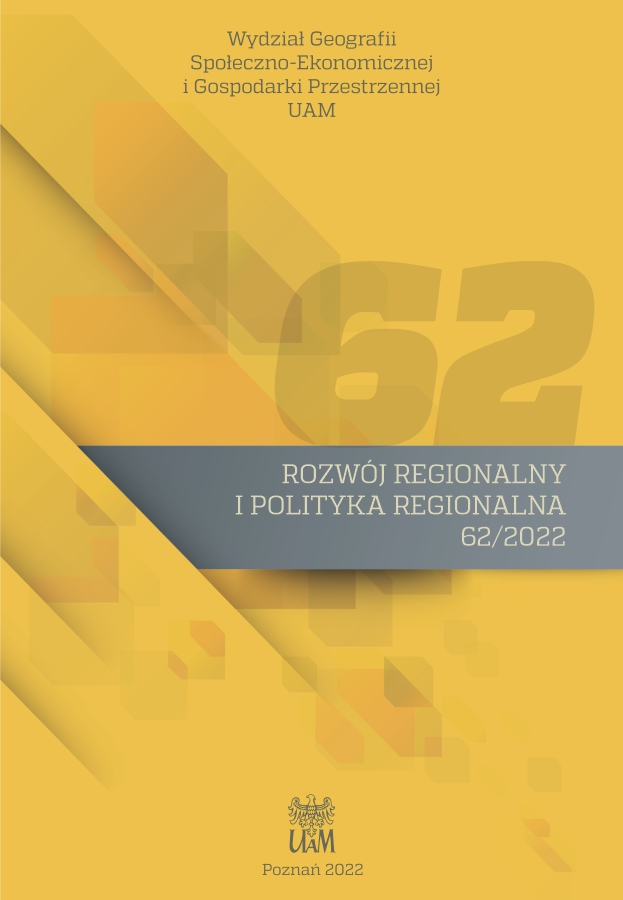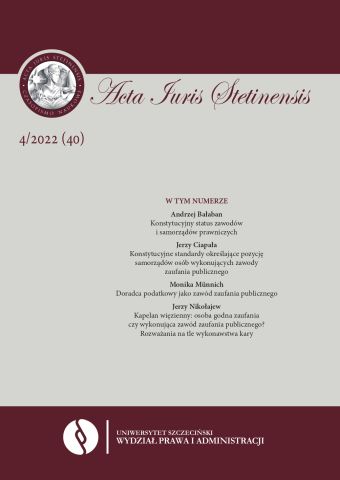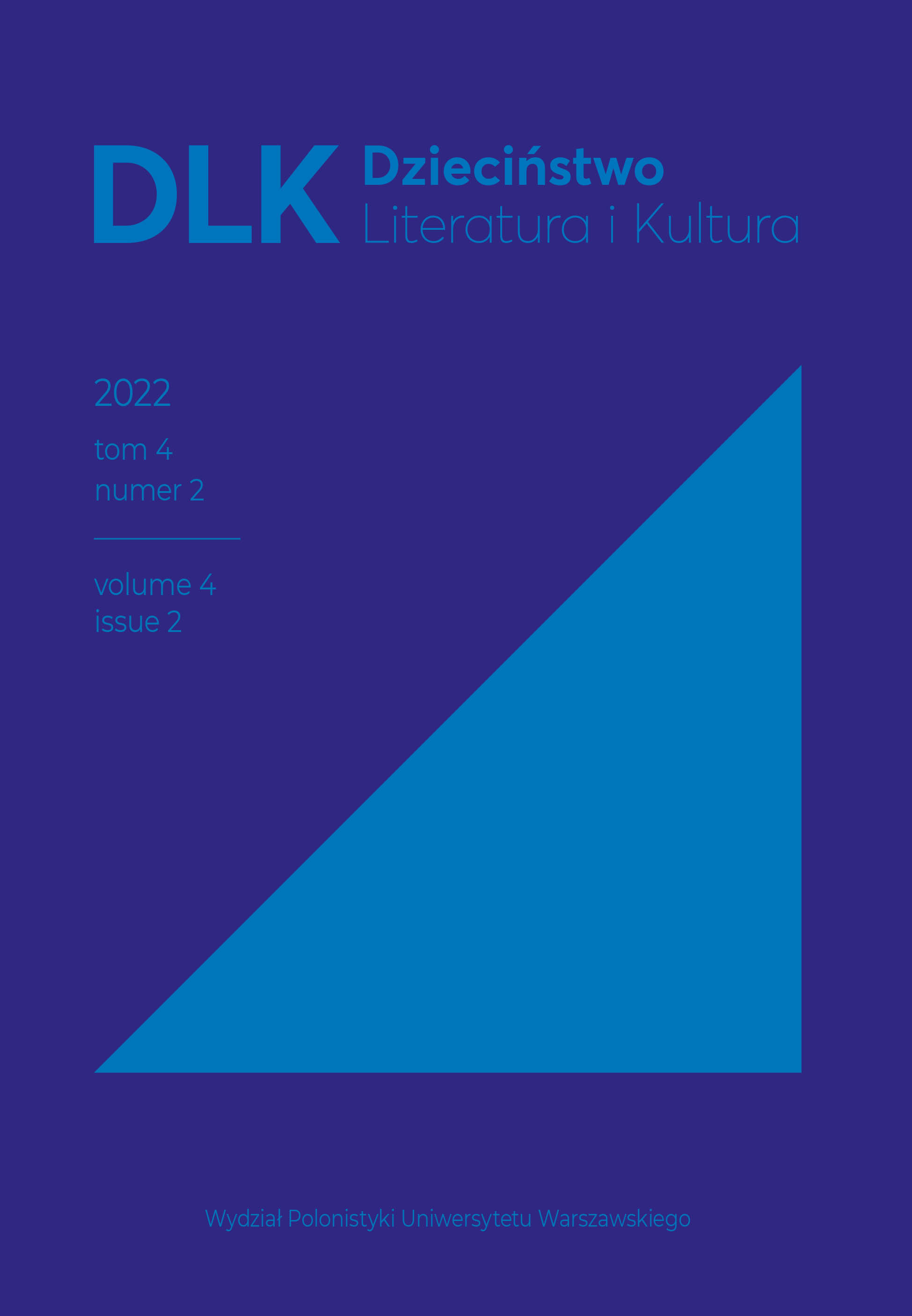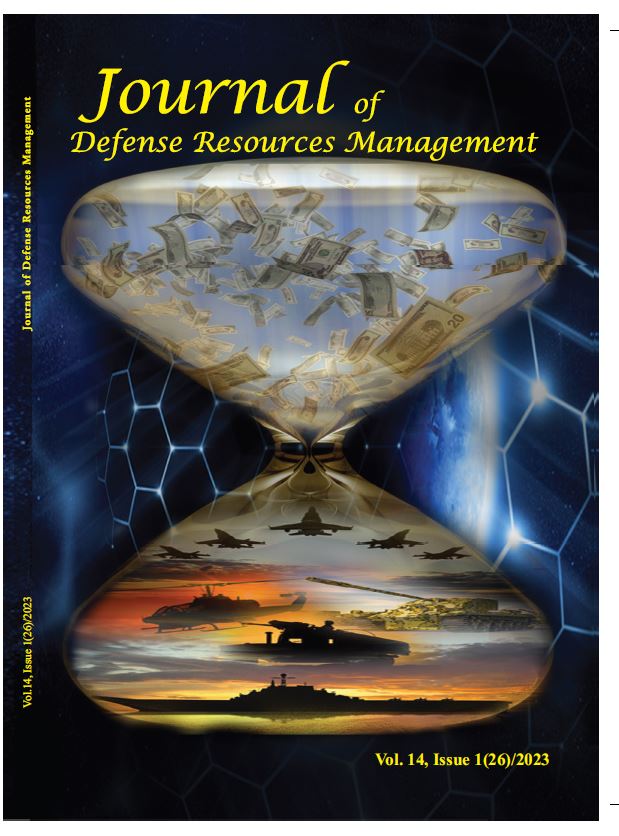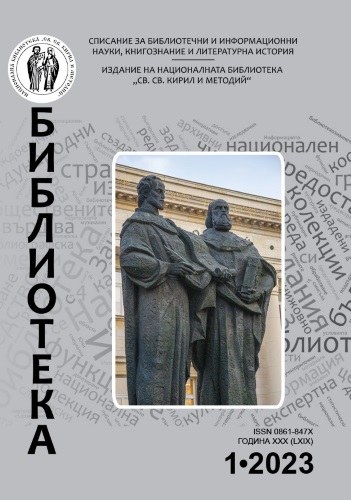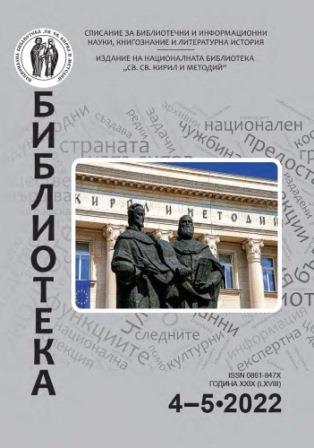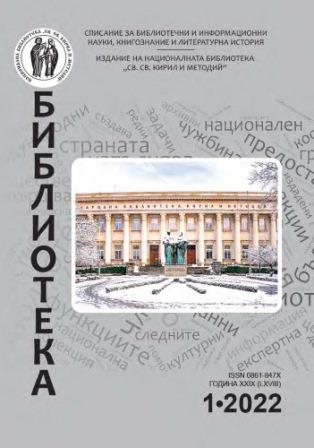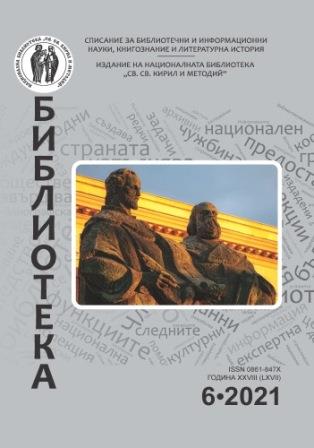Author(s): Donka Pravdomirova / Language(s): Bulgarian
Issue: 4-5/2022
On the occasion of the 170th anniversary of the Bulgarian bibliography, a brief historical review of its overall development is made – from its inception to the present day. Four periods are historically substantiated. The first is named The Beginning and is located in the range 1852–1885. The second is qualified Modernization and develops between 1885–1941, more specifically until 1944, the year during which the entire socio-political and spiritual system in Bulgaria was generally transformed on the foundations of socialism. The third stage is characterized as the period of Maturity, located in the years 1944 – 1989. This periodization was made by the author for the first time in her report, read at the jubilee scientific conference, dedicated to the 150th anniversary of the Bulgarian bibliography on the topic: “The Bulgarian bibliography of 150 years”. In the present article, Prof. D. Pravdomirova, who has established herself as a consistent historian of the domestic bibliography, completes her vision of the most important characteristics and events of each stage, but in her conclusion she brings out for the first time the names of five bibliographers, namely Acad. Al. Teodorov-Balan, Academician N. Mihov, Dr. M. Stoyanov, Associate Professor Dr. D. Ivanchev and Prof. DSc V. Traikov and defines them as the colossi of the overall history of Bulgarian bibliography. She justifiably compares them with the world-famous bibliographers of the highest rank from the first half of the 20th century – the English scientist, bibliographer and publicist Theodore Besterman and the Russian librarian, bibliologist and bibliographer, the founder of bibliopsychology N. A. Rubakin.Today, 20 years later, the author maintains her position on the three categorized periods and defines the period after 1989 as the Electronic Bibliography Period, but does not analyze it, as it is in its initial process and does not have sufficient historical distance. Along with the five colossi, the author ranks the famous Prof. Todor Borov – the first Bulgarian professional bibliographer, the first professor of bibliography – the inspiration and leader of the bibliographic process from the beginning of the 30s to the beginning of the 60s of the last century, but his contributions are with another dimension, in another connotation of bibliographic achievements, namely spiritual leadership.
More...



